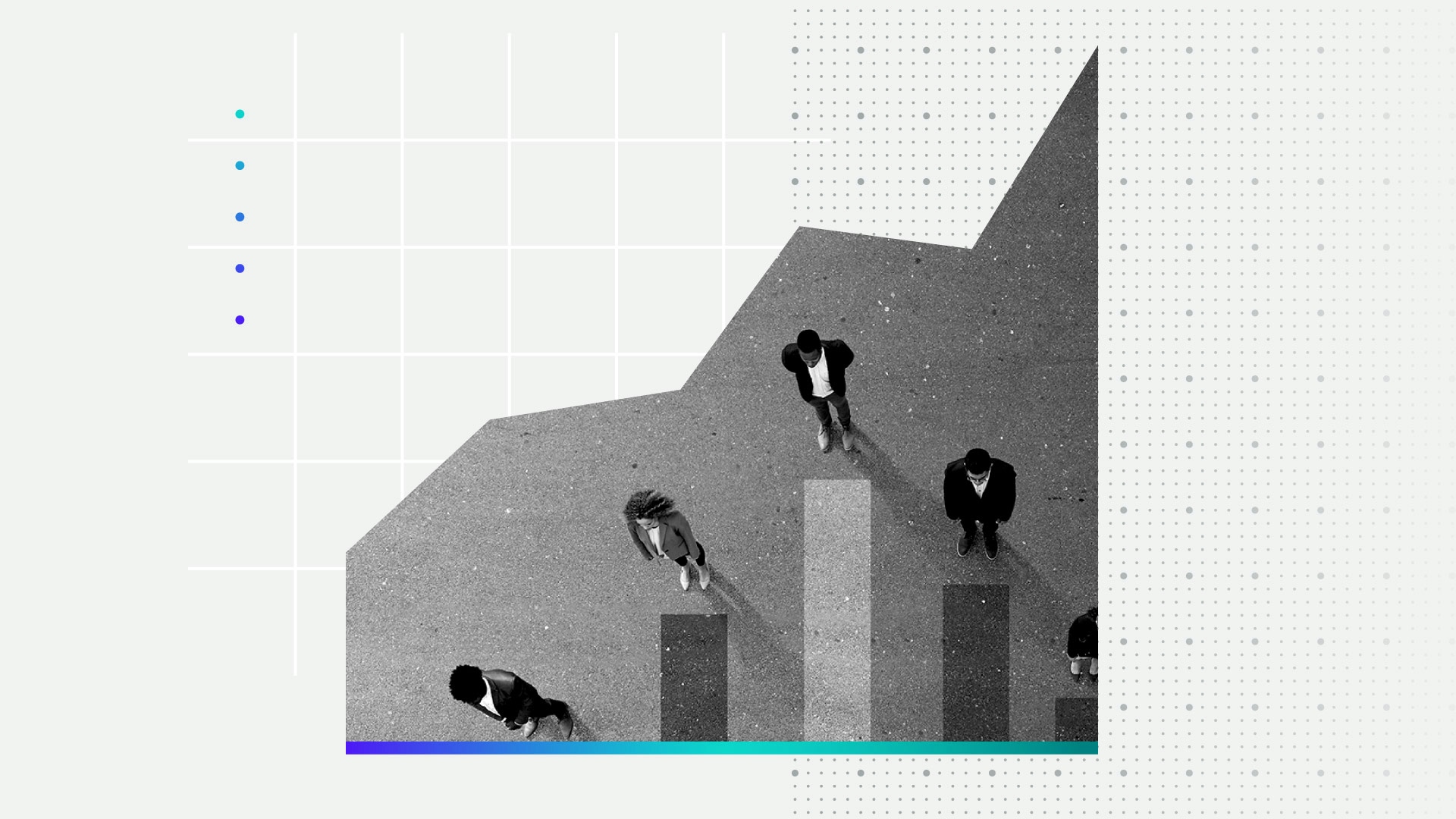How’s Consumer Demand and Employment Faring in Rural America?

Key Takeaways
In line with expectations, restrictive monetary policy is coming to an end this September, as telegraphed by Federal Reserve Chairman Powell in late August, with the Fed getting closer to its dual mandate of 2% inflation and maximum employment.
Cooling inflation and labor market conditions now allow the Fed to take the initial step toward a loosening of monetary policy. This will be the first of multiple cuts to come and the effects of these cuts on consumers will vary–similar to the effects of increases.
At this time, conditions in rural areas of the United States seem more fragile, not only on the unemployment front but also for consumer demand.
As market watchers await the much anticipated interest rate cut decision by the Federal Reserve, there are two main government releases they will closely analyze: the employment situation report and the inflation update by the Bureau of Labor Statistics. While the additional data points from these reports (and other ones such as Job Openings and Labor Turnover Survey) will perhaps help determine the size of the September cut, consensus views is that September 2024 marks a turning point: from a restrictive monetary policy to a looser one. We expect that the Federal Reserve Board will begin cutting rates in September and will continue to do so gradually for the rest of the year, unless there are weaker than anticipated data points–especially on the labor front. The additional data points will help the Fed determine the intensity and the frequency of the cuts.
As Chairman Powell noted in his Jackson Hole speech, “the labor market has cooled considerably from its formerly overheated state.” Some market watchers believe that the Fed should have cut interest rates in July as the labor market started to weaken and high interest rates have been taking a toll on the U.S. consumer, at times bringing up concerns about recession risks.
However, the latest personal consumption expenditures report, providing an update on consumer spending by the Bureau of Economic Analysis, showed that aggregate consumer spending continued to grow July, providing encouraging data for those fearing a recession.
Regional Differences
On an aggregate level, the Fed is getting closer to the “soft landing” of the economy. However, regional and demographic dynamics can vary widely as we have highlighted in recent Morning Consult reports on the state of the economy and personal finances. Following up on the latest consumer spending analysis, we take a look at unemployment and consumer demand in different community types.
At the topline, Morning Consult unemployment index, has softened since the recent peak in June 2024. That being said, the index is barely below the “neutral level” and significantly higher than the level measured last year at this time. In line with the official unemployment statistics, the Morning Consult index shows that unemployment increased over the last year. However, the strain of the unemployment rate changes can vary between geographies.
Unemployment patterns across different community types have been diverging: we can clearly note the decoupling between rural and especially suburban areas since the first quarter of 2024. While unemployment has been easing in suburban areas, it has generally trended higher in rural areas and has recently begun easing in urban areas after increasing for the first half of the year. Higher unemployment in these communities will be a strong deterrent on consumer spending, especially in rural areas, where finances have been affected by lower agricultural commodity prices. While lower interest rates could help support finances in the long run, the initial interest cuts will not likely be sufficient to boost demand immediately.
Morning Consult’s newest metric, the Consumer Health Index (CHI) is aimed at assessing consumer demand at a higher frequency and can be calculated for detailed demographic groups using deep demographic detail. It combines the current personal financial conditions of the index of consumer sentiment questions with our unemployment index. This metric combining current economic sentiment questions with employment status can provide a gauge for consumer demand.
Consumer demand in rural areas has dropped significantly compared to last year. Moreover, the more recent data looking at the last two months show the uptick in CHI scores in suburban areas and continued downward movement in rural areas.
While the interest rate cuts by the Fed will eventually help with finances in rural areas, in the near term, consumer demand remains weak, current economic sentiment remains bleak and finances are suffering, exposing rural areas to lower consumer spending in the near term.
Deni Koenhemsi leads Economic Analysis at Morning Consult. Previously, she was a senior associate at S&P Global, where she managed a team of economists, forecasted commodity prices and advised Fortune 500 companies on their procurement and planning decisions. She received a bachelor’s degree in international relations from the University of Richmond and a master’s degree in international economics from American University. For speaking opportunities and booking requests, please email [email protected]

